Blackhaw Viburnum – 2 Gallon Pot
$49.97 Original price was: $49.97.$34.98Current price is: $34.98.
SKU: D2LSC 6923486520 Categories: SHRUBS & BUSHES, Viburnums
- Experience the difference quality makes.
- Buy with Peace of Mind
- Free Shipping, No Compromise on Quality
- High quality products, hassle-free returns.

Blackhaw Viburnum
Viburnum prunifolium
Plant Details
USDA Plant Hardiness Zones: 3a-9b Find Your Zone
Plant Type: Deciduous Flowering Shrub or Small Tree
Height at Maturity: 12-15′
Width at Maturity: 6-12′
Spacing: 8′ apart for solid hedge; 16’+ apart for space between plants.
Growth Habit / Form: Multi-stemmed, Round, Upright
Growth Rate: Moderate
Flower Color: White
Flower Size: Small, in domed, flat-top clusters
Flowering Period: Late Spring to Early Summer
Flower Type: Flat-Topped, Domed Clusters
Fragrant Flowers: No
Foliage Color: Dark Green; Red and Burgundy in Fall
Fragrant Foliage: No
Berries: Yes
Berry Color: Yellow turns to Blue Black
Sun Needs: Full to Mostly Sun, Morning Sun With Afternoon Shade, Morning Shade with Afternoon Sun
Water Needs: Average, low when established
Soil Type: Clay, Loam, Sandy, Silty
Soil Moisture / Drainage: Moist But Well-Drained to Dry when established
Soil pH: 5.5 – 7.5 (Acid to Slightly Acid)
Maintenance / Care: Low
Attracts: Birds, Butterflies and Moths. Small Mammals, Visual Attention
Resistances: Clay Soil, Deer, Disease, Drought, Heat, Insect, Black Walnut
Description
A native flowering shrub that will grow in almost every zone of the U.S., the Blackhaw Viburnum is a highly attractive shrub or small tree featuring abundant domed clusters of pretty white flowers in late spring or early summer that are followed by clusters of numerous blue-black berries, which are irresistible to song and game birds and other mammals, including humans! Ripe berries can be picked right off the bush and eaten fresh or used to make jams and jellies. This one can be grown as a large shrub from 12 to 15 feet tall or as a multi or single trunk small tree that can reach up to 25 feet in height. The stems are clothed in finely toothed leaves that emerge copper-colored in spring turning to dark green in summer and then finally to attractive shades of red and burgundy. A site to behold in bloom and one you’ll enjoy watching the birds and wildlife enjoy!
Landscape & Garden Uses
Growing 12 to 15 feet tall and 6 to 12 feet wide at maturity, the Blackhaw Viburnum can be grown as a large shrub or lower branches can be removed to form a very attractive small tree ideal for use as an eye-catching specimen or groupings in landscape and flowering shrub borders. Also useful to frame corners of homes and other structures. A fine addition to edible gardens, wildlife gardens, native gardens, white theme gardens and cottage gardens.
Suggested Spacing: 8 feet apart for solid hedge; 16 feet or more apart for space between plants.
Growing Preferences
Viburnum is very easy to grow in most any moist but well drained soil of average fertility and full sun to part shade. It prefers a loamy soil rich in organic matter. As with so many other ornamental plants it does not like constantly soggy or wet conditions. Quite drought tolerant when established and we’ve seen no serious pest or disease problems. Deer haven’t touched it in our gardens. For best flowering, at least 5 hours of direct sunlight per day is suggested. Responds very well to pruning for shaping, size control and tree forming. Prune as needed immediately after flowering.
Helpful Articles
Click on the link below to find helpful advice from our experts on how to plant, prune, fertilize and water Viburnums.
How To Plant And Care For Viburnum Plants
Plant Long & Prosper!
Meet The Wilson Brothers & Staff
Questions? Contact Us
Be the first to review “Blackhaw Viburnum – 2 Gallon Pot” Cancel reply
Related products
Sale!
SHRUBS & BUSHES
Sale!
Sale!
SHRUBS & BUSHES
Sale!
SHRUBS & BUSHES
Sale!
Sale!
Hydrangeas
Sale!
Gardenias
Sale!
SHRUBS & BUSHES
Frontier Gold Aromi Azalea (Rhododendron Hybrid) – 1 Gallon Pot


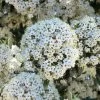
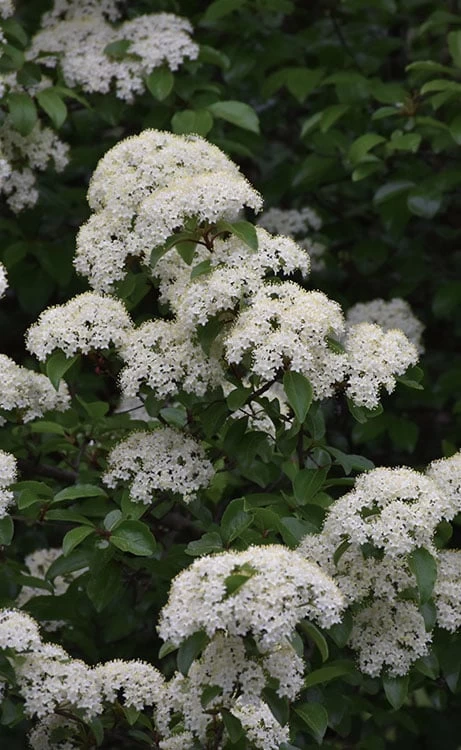
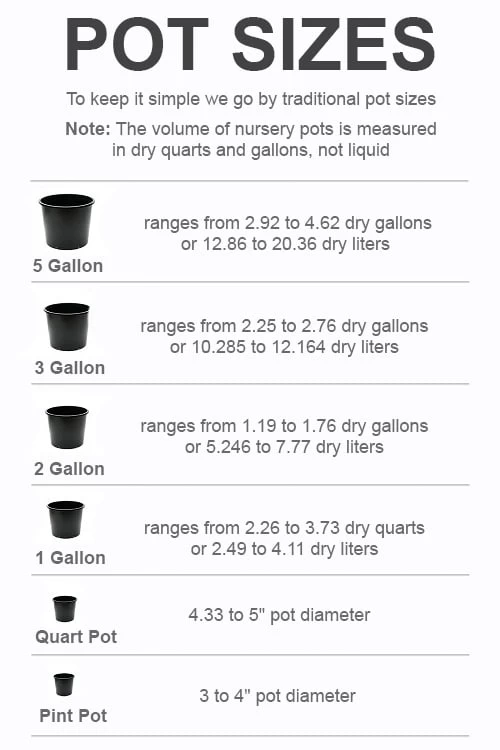

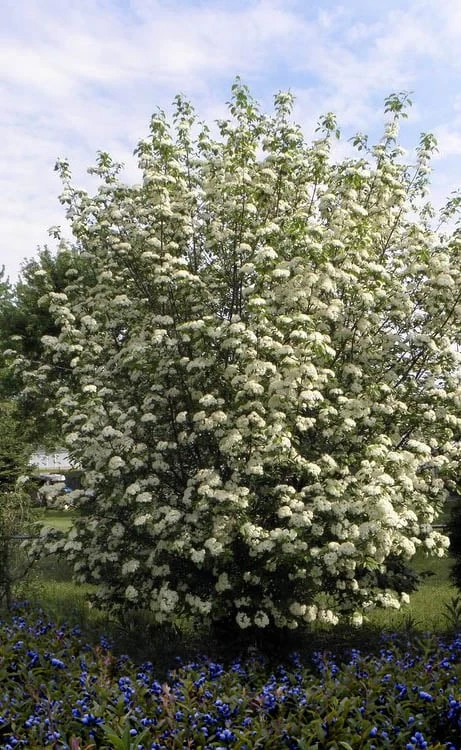
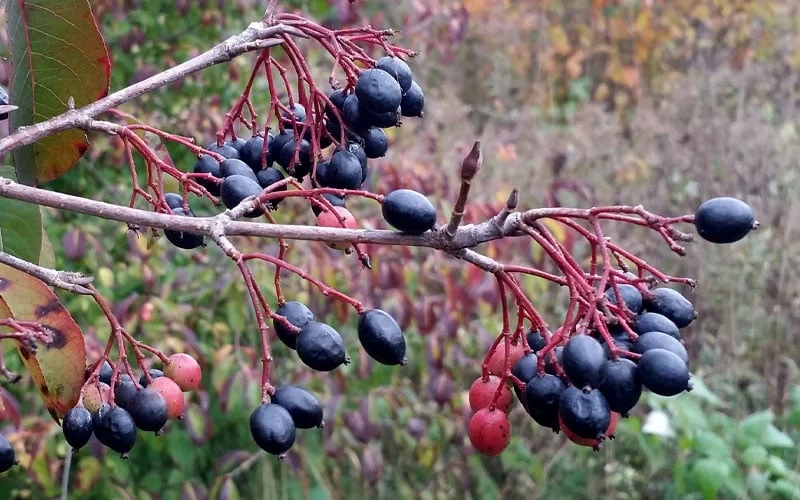


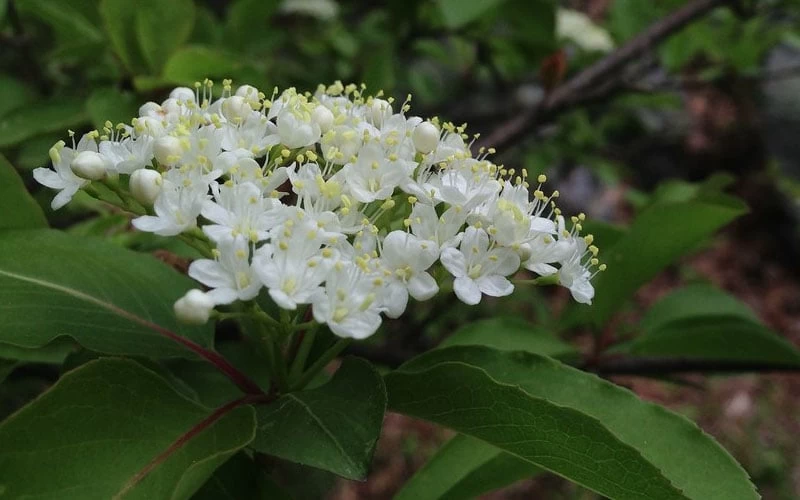

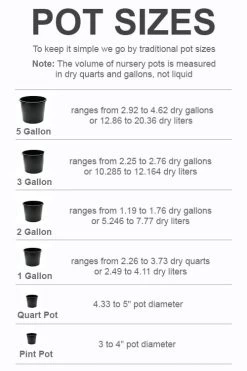



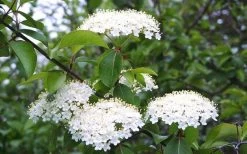


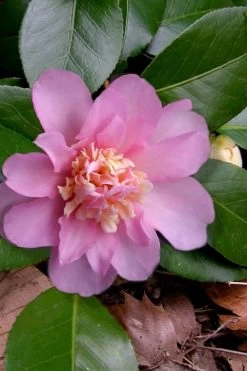
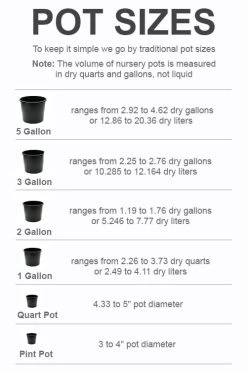
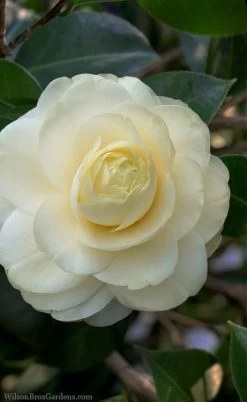

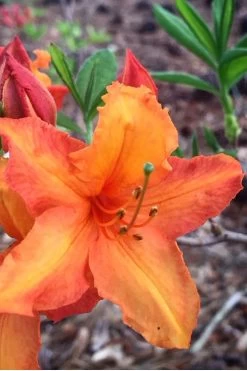

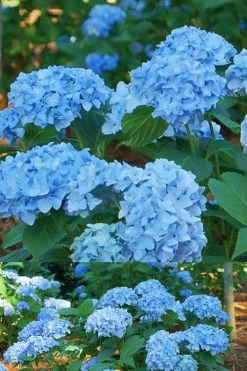

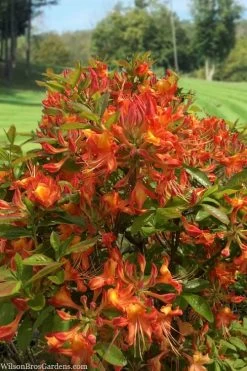

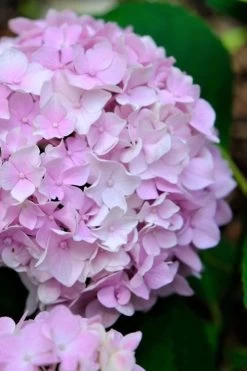

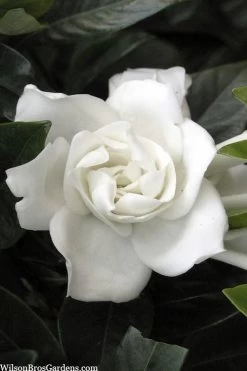



Reviews
There are no reviews yet.